The dish we will discuss in this Edit can be found in almost every metropolis around the world. Whether you’re in Los Angeles, London or Delhi, this luxurious window decoration can be found everywhere. You just have to know where to look. Do you already know it?
It has a completely smooth, caramelized color skin and melts in your mouth when it touches your tongue. The meat, which has been roasted for a few hours is so lean and tender it already disassembles before even eating it. The waiter gives you a thin crepe and allows you to pick your toppings. The options are spring onions, cucumber, radish, hoisin sauce, and sweet bean sauce. Once you have picked your ‘gadgets’, you hand your plate back to the waiter who then folds it in a blink of an eye.
Voila, there is your Peking Duck.
Peking Duck has become a staple dish of Chinese cuisine and a worldwide-known emblem of Beijing. The dish is available in most Chinatown areas of major cities. The places where the dish is sold are easily recognizable because the ducks are often hanging in front of the window as showcased in the above picture.
History
The Peking Duck has walked, or wobbled, a long way to become as famous as it is today. The very first evidence of roasted duck in China goes back to the Southern and Northern dynasties (420-589). This comes as no surprise since roasted duck simply means a duck prepared over the fire. However, the process of making Peking Duck is far more complicated and so it would take a couple of more years for the Chinese to evolve Roasted Duck into Peking Duck.
It took the Chinese precisely 741 years to upgrade their roasted duck. In the Yuan dynasty (1271-1368) Peking Duck made its very first appearance in the 1330 cookbook ‘Complete Recipes for Dishes and Beverages’ of a royal dietary physician named Hu Sihui. The dish was named "shāo yāzi" (燒鴨子) and it described a primitive preparation where the duck was prepared in a sheep’s stomach.
This book itself is quite a strange one since the focus is more on health and diet instead of food. Other featured recipes in the book are tiger bone liquor, donkey’s head gruel, and snow leopard soup. The Emperor definitely took some desperate measures to stay healthy.
Oh, Hu Sihui also warns us that duck meat should never be eaten with turtle meat. He also counsels to never eat beef stomach with dog meat. You’ve been warned!
Not from Peking?
The name of the dish, Peking Duck, implies that the dish originates from Beijing (Peking is an old spelling). However, nothing is as it seems. During the Yuan dynasty when the first version of Peking Duck was created by Hu Sihui, the Emperor was situated in Nanjing.
It was quite traditional that cooks all around China would travel to the Emperors Palace to show their gastronomical skills. If the Emperor was impressed by their culinary crafts the chefs were allowed to stay in order to develop new dishes for the Emperor, and the Emperor only. The Emperor and his staff lived behind closed walls, this also meant that dishes created for the Emperor often didn’t make it out of the palace. However, this wasn’t the case for Peking Duck.
When the Yongle Emperor moved his capital from Nanjing to the Forbidden City in Beijing during the Ming dynasty, Peking Duck found its way to the city streets. This was probably due to the fact that many former imperial chefs were fired during this migration and started their own restaurants in the city.
The ducks of Nanjing were seen as a superior ingredient during the early beginnings of Peking Duck in the city streets. This was of course due to the fact that the dish originated from Nanjing. However, over time, the chefs in Beijing began breeding their own local duck breed that became famous for their snowy-white feathers, thin skin, and tender flesh which were qualities perfect for the dish.
Innovations
Menlu
With the Peking Duck capturing the hearts of the people in Beijing and Nanjing, innovations came. For the primitive form of the dish, the duck was impaled on a big fork and roasted over an open fire. The problem with this preparation was that the time to make one duck took very long. And so in Nanjing, they began to roast the duck in a ‘menlu’ which is an enclosed oven to roast more ducks at once.
“The menlu was a square, brick-built oven with a door on every side,” says the veteran chef Ai Guangfu. “The chefs would build a fire in the middle, and when it had burnt down to smoldering embers, they’d hang four ducks inside each opening, shut the oven doors and then open them about an hour later, once all the ducks were roasted.”
Galu
During the Qing dynasty, a new innovation came. This time the innovation came from the kitchen rooms of the Forbidden City. Because even though the former imperial dish made its way to the streets of multiple cities in China, Emperors kept on loving the dish. Records show that, in 1761, the Qianlong Emperor once ate roast duck eight times within a fortnight...
However, the problem that many chefs faced when roasting duck in a menlu was that the flesh often was too dry due to very little control of the heat. This changed when the Emperor’s chefs decided to get around the table.
After a fierce discussion the ‘Galu’ was introduced, a new kind of ‘hanging oven’. The Galu was bigger than the former menlu and allowed the chef to cook the duck more precisely and in order. Fruitwood was used to keep the inside of the oven hot where multiple ducks hung next to each other on metal racks. The Galu allowed the chefs to tend the ducks more carefully by allowing the chef to turn and adjust the birds until each is perfectly cooked.
Back to Modern Times
Today, the recipe calls for a whole duck, with the head still attached. Air is pumped under the skin in order to separate the skin and the flesh. The bird is slathered in a sugary syrup and various spices, left to dry overnight and then roasted in one of two ways. It’s usually served with thinly sliced spring onions, cucumbers, and sweet bean or hoisin sauce, all wrapped up in small crepes and eaten like a soft taco.
Some places still use the Galu oven in order to make Peking Duck. However, most modern restaurants and professional home cooks use a regular oven to smoke the duck. The frying part is the same everywhere around the world. After smoking the duck you heat up a large amount of oil and gently give the duck a bath. It’s definitely the most satisfying part.

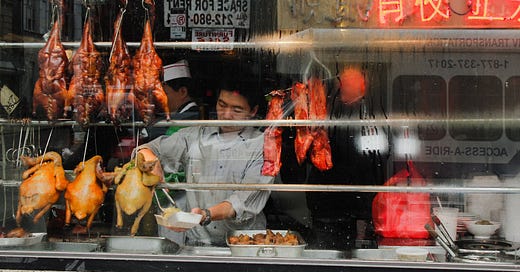



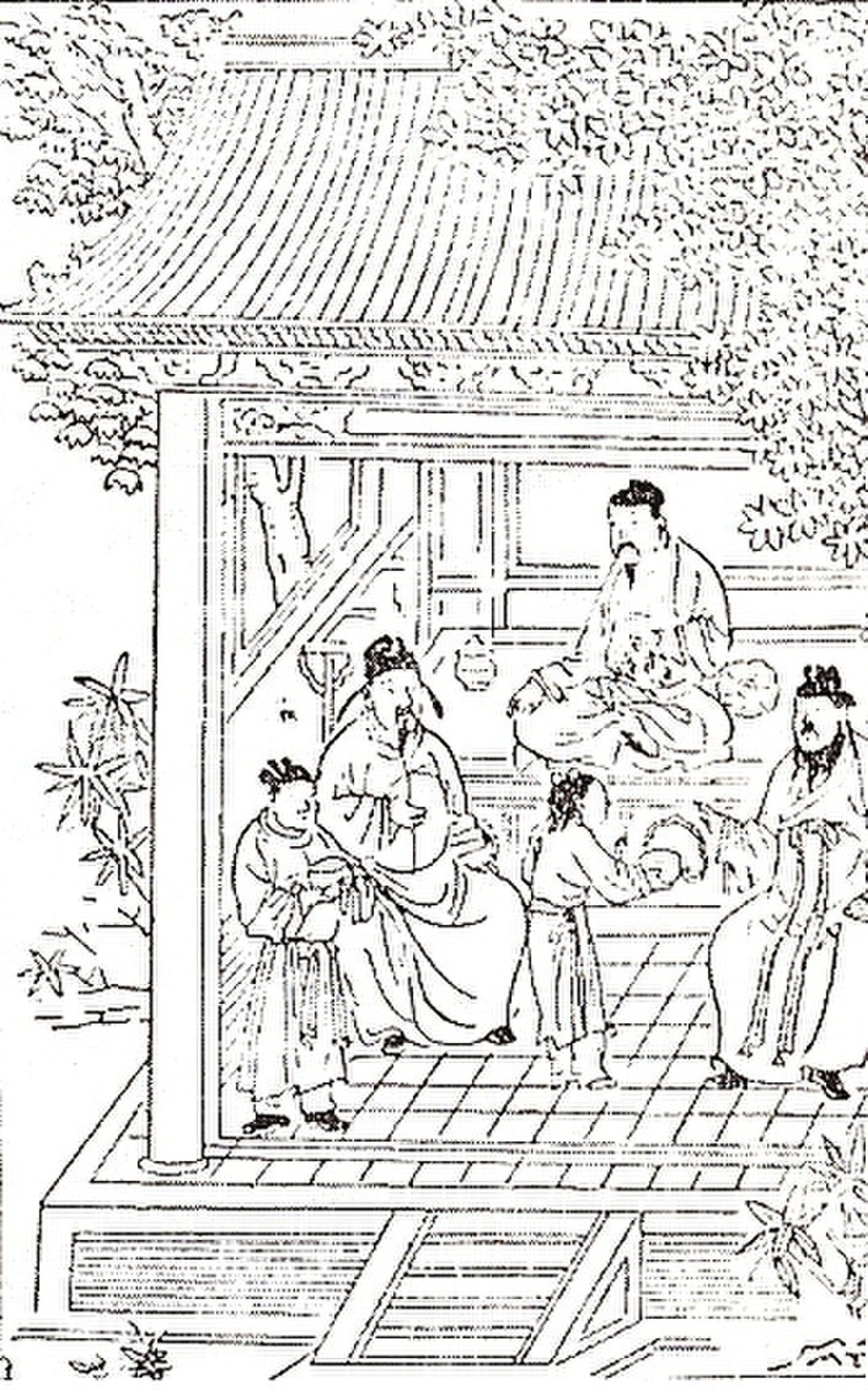
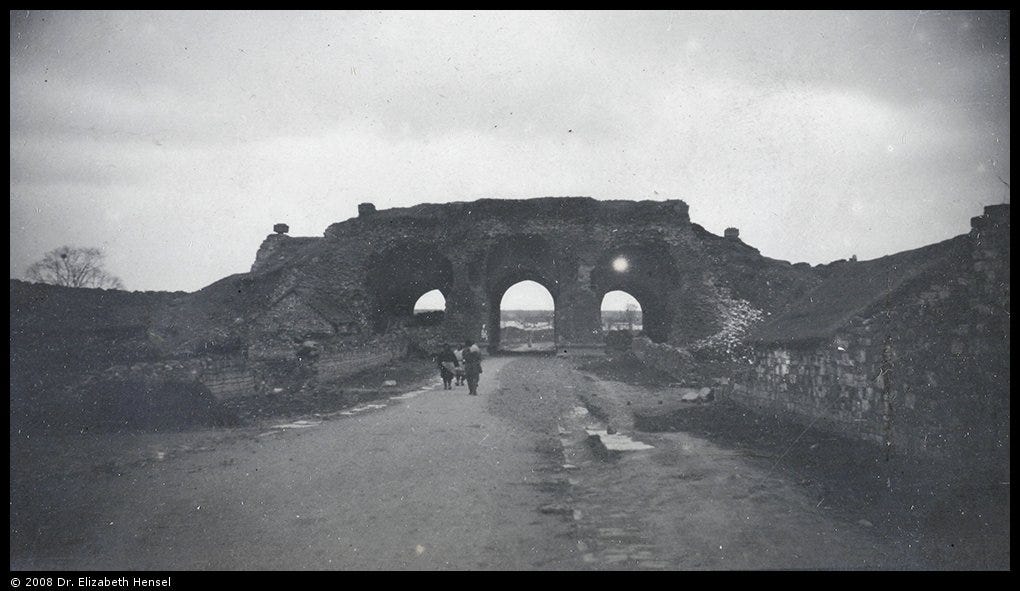
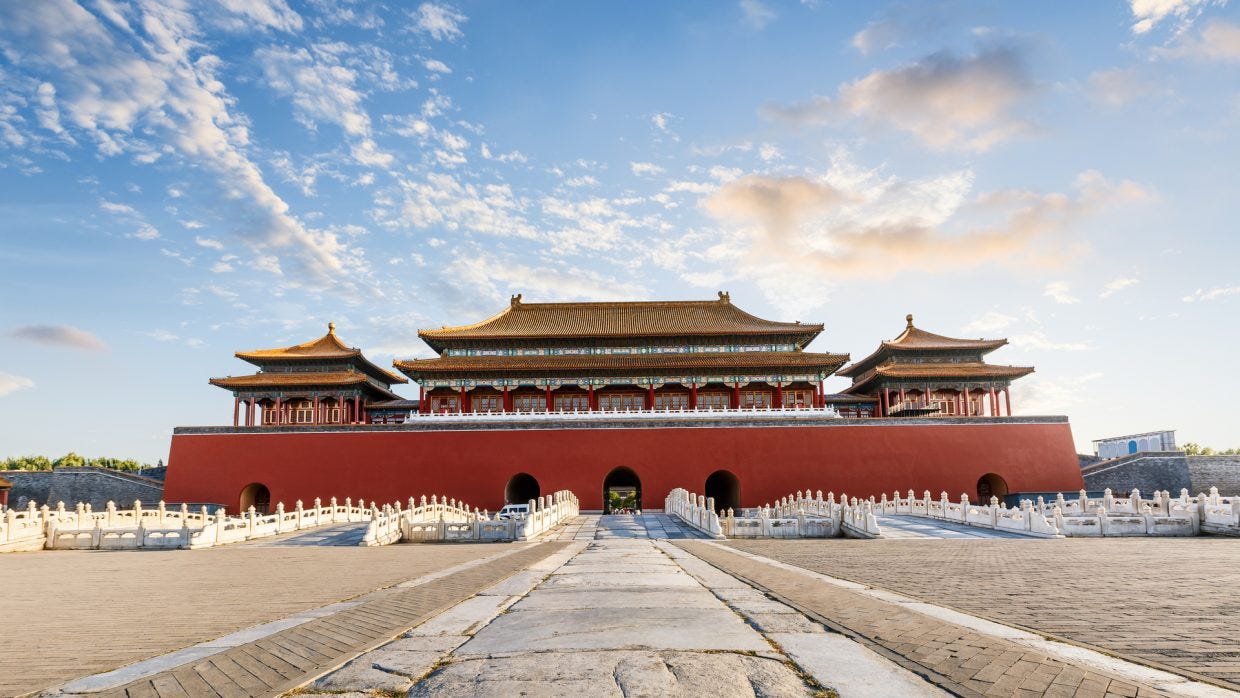
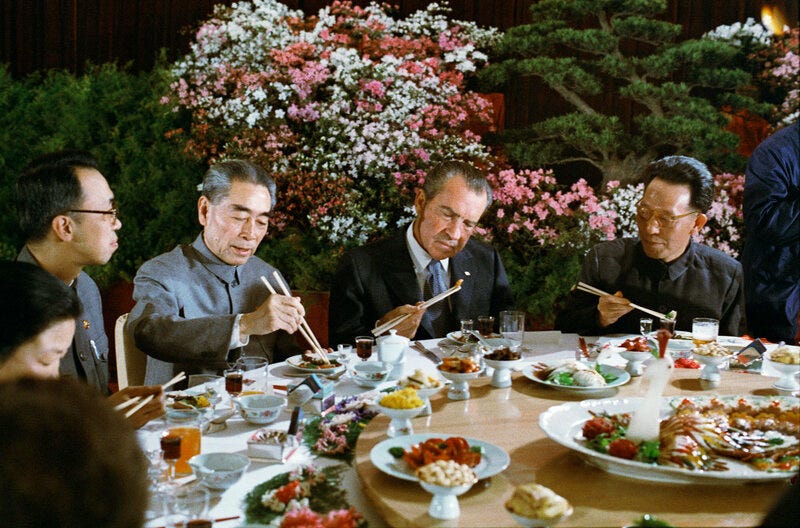
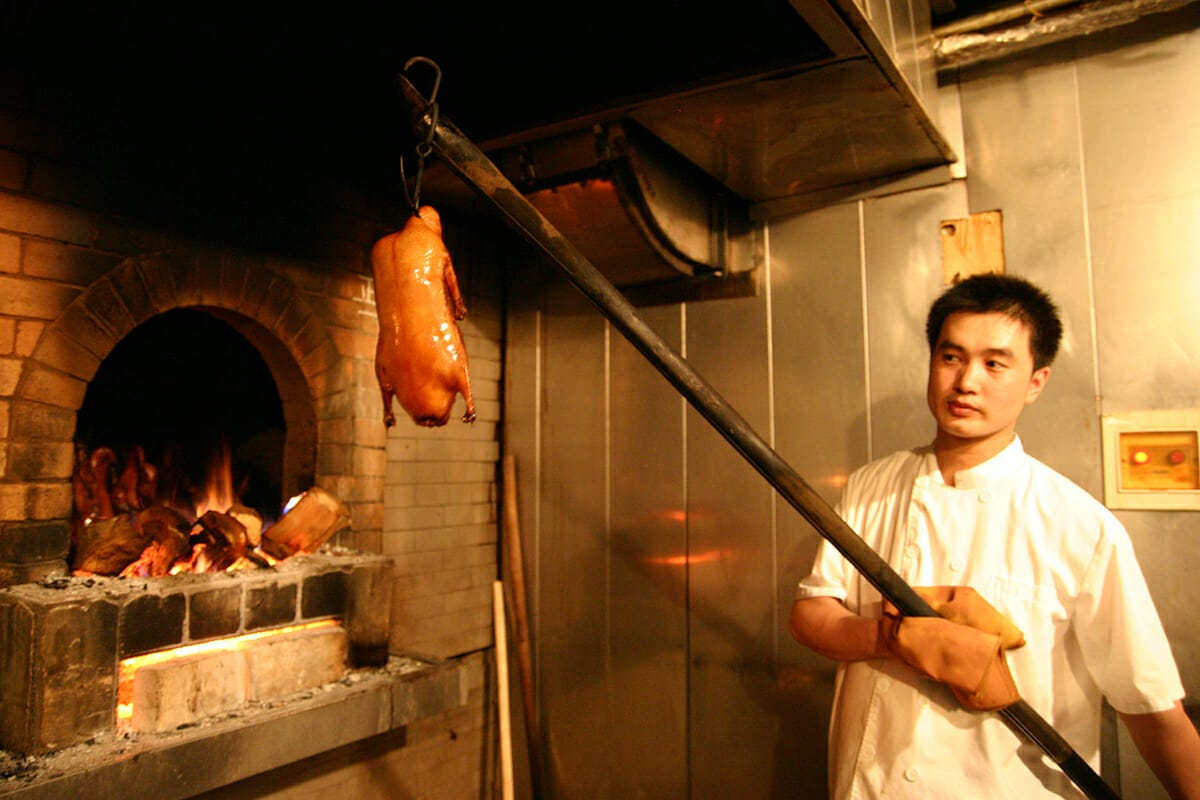

Thank you! Peking Duck in Rotterdam (where we live) is unfortunately also not that great... It's surprisingly hard to find good Peking Duck! Maybe this Reddit thread can help you: https://www.reddit.com/r/nashville/comments/8f7srp/peking_duck/
This is very good. Unfortunately, I live in Nashville, a city where you can't find very good Peking duck.